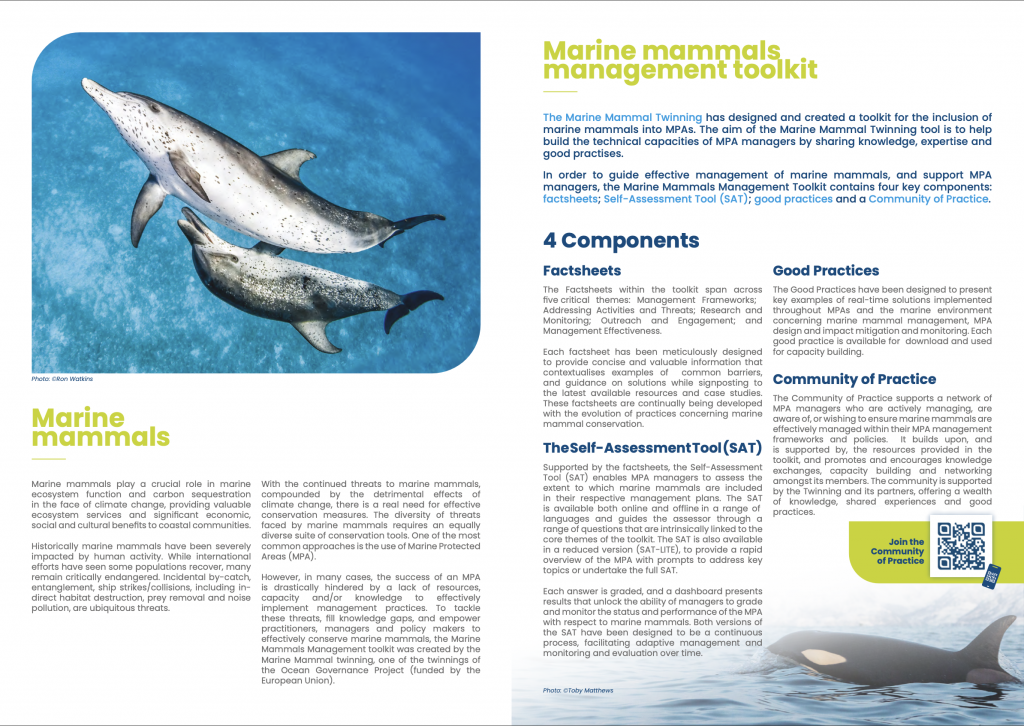SPREP 2021 Pacific Cetacean Review
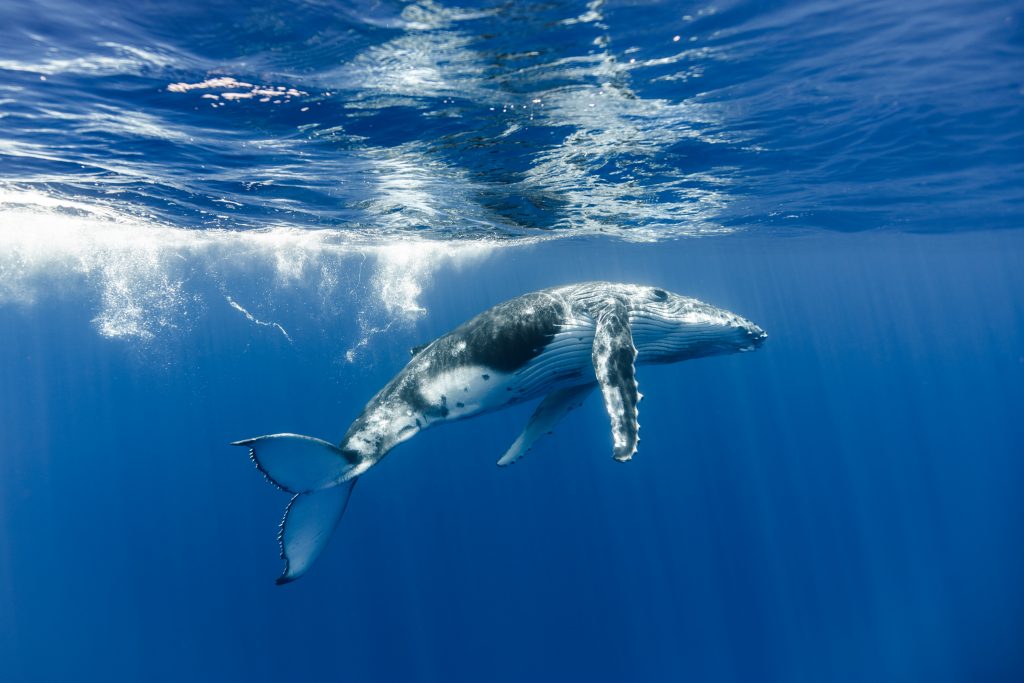
This report presents a general summary of cetacean species and their threats in the Pacific Islands region. The information in this report is separated into three main sections: i) an overview of cetaceans found in the Pacific Islands region, (ii) a review of key threats for Pacific Island cetaceans, and (iii) identification of knowledge gaps in assessing threats […]
Risso’s dolphins face new threat in the Mediterranean
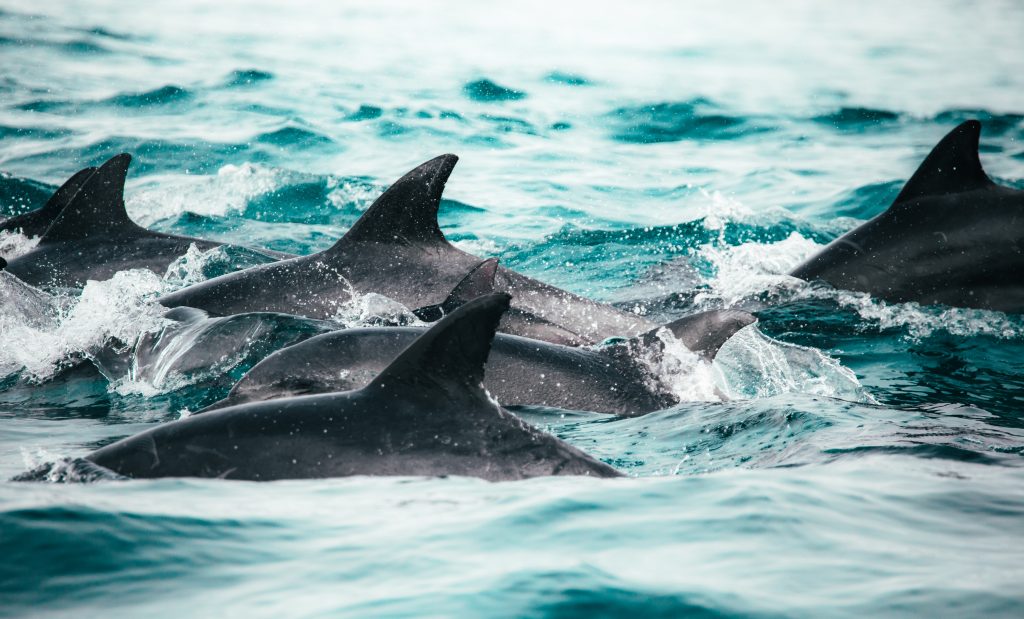
Cetaceans, especially dolphins such as Grampus griseus, are particularly prone to build up of persistent chemical toxic substances, such as persistent organic pollutants (POPs) as they are apex predators (at the top of the marine food web). This added to their long lifespan and wide home ranges, makes cetaceans, like Risso’s dolphin, excellent indicator species […]
Effects of climate change on marine mammals: a US review

Scientists from the Marine Mammal Commission have published a review of the effects of climate change on marine mammals in US waters. The fundamental driver of climate change in the global oceans is increasing atmospheric carbon, which results in increased air and ocean temperatures, ocean acidification, loss of sea ice, and increased fresh-water discharge from […]
Considering the effects of maritime industries on marine mammals
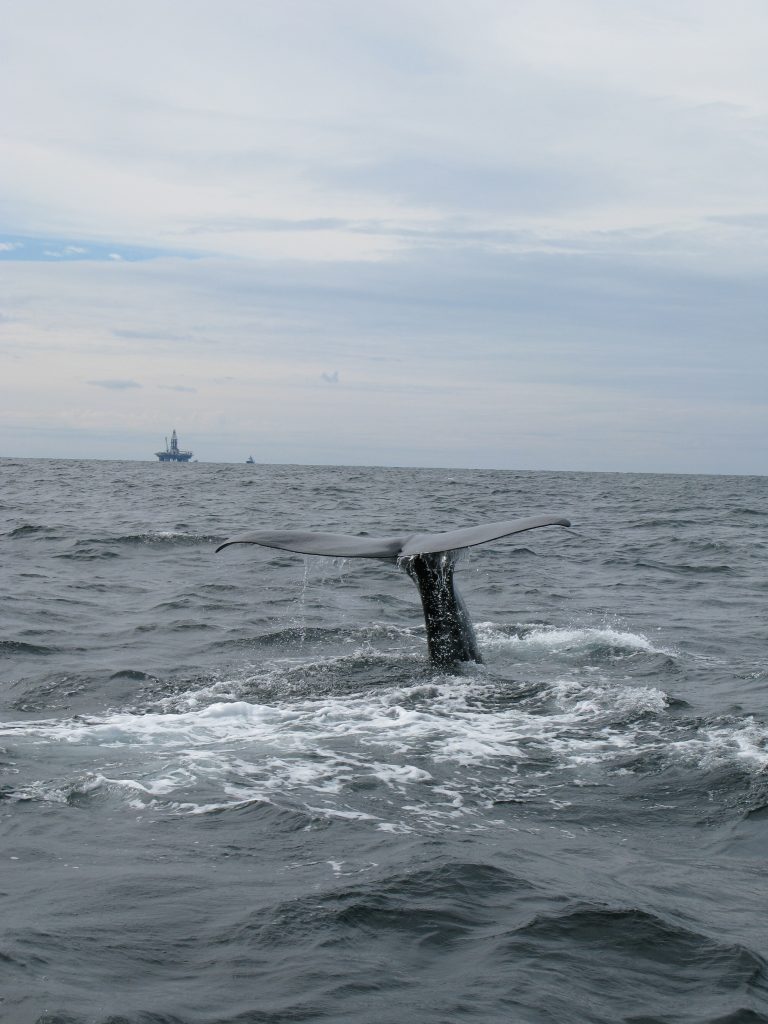
A recent study by Hague et al. has investigated how marine mammals are considered in Cumulative Effects Assessments (CEAs), which are a mandatory step for businesses carrying Environmental Impact Assessments (EIAs). Reviewing 93 different CEAs in across 11 maritime industries, the research identified a knowledge gap in the accounting of marine mammals in CEAs, and […]
Using drones to detect pregnancy in dolphins
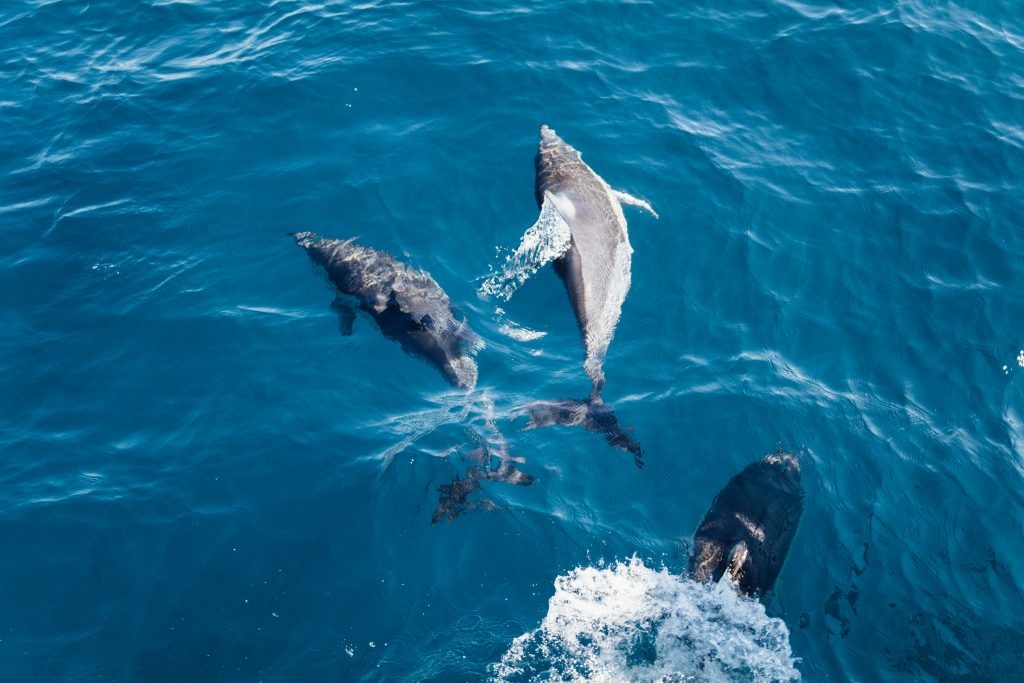
In bottlenose dolphins, a group of scientists have used unoccupied aerial systems (UAS, known as drones), to non-invasively measure body morphometrics of individuals, and have been able to successfully detect pregnancy. The research intended to compare drone imaging with usually used laser photogrammetry to see if it could be used as a substitute, and to […]
Estimating Bycatch Mortality for Marine Mammals
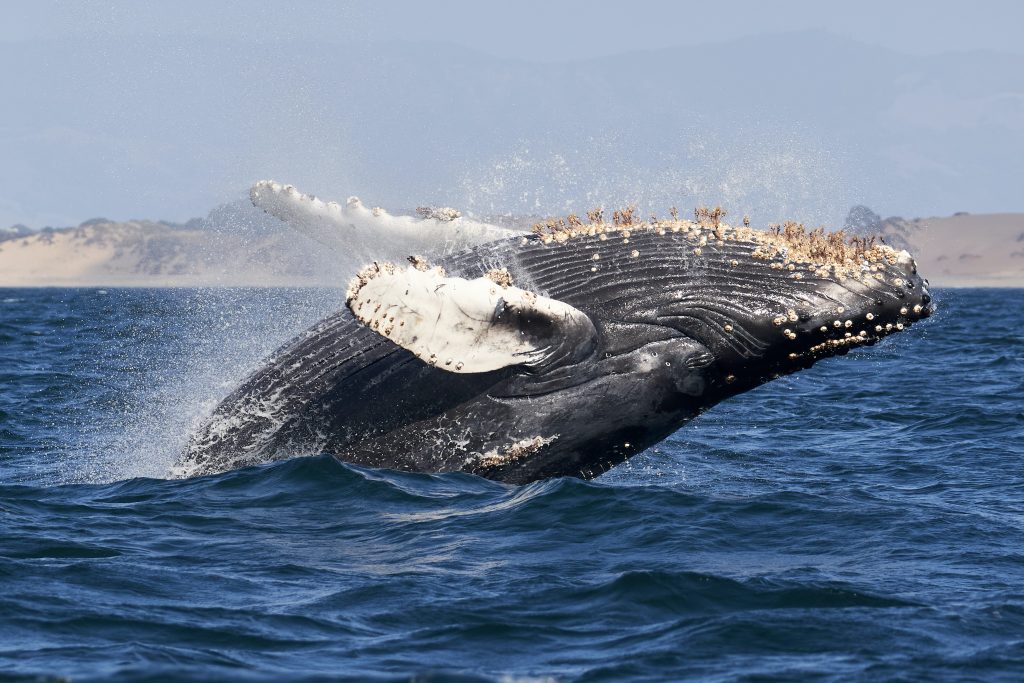
Fisheries bycatch is the greatest current source of human-caused deaths of marine mammals worldwide, with severe impacts on the health and viability of many populations. Recent regulations enacted in the United States under the Fish and Fish Product Import Provisions of its Marine Mammal Protection Act require nations with fisheries exporting fish and fish products […]
World-First Map Exposes Growing Dangers Along Whale Superhighways
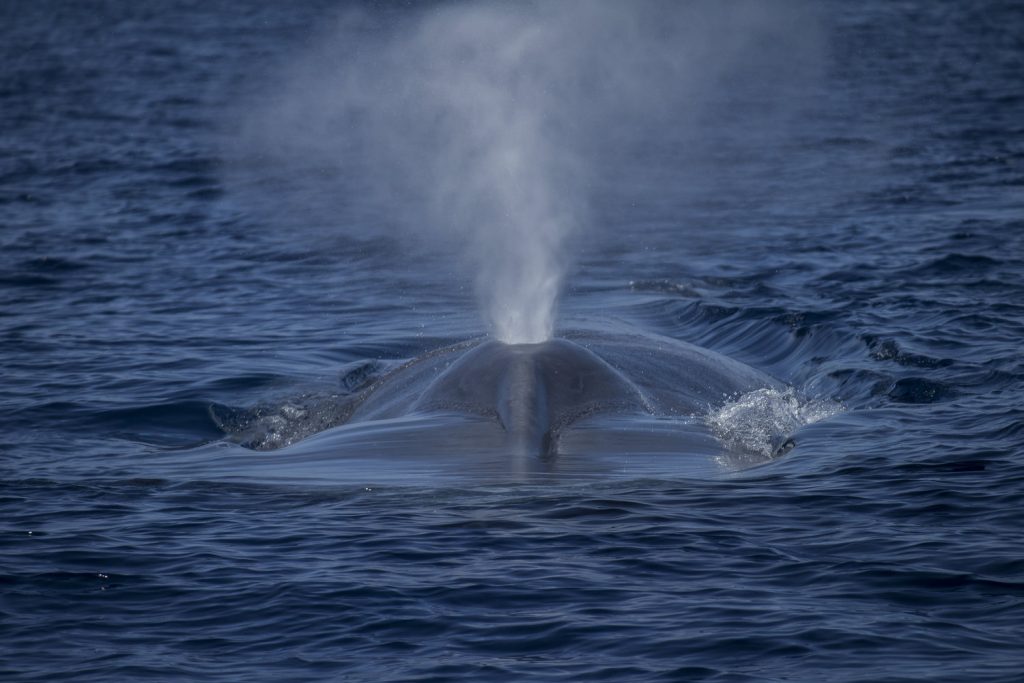
A new report from WWF and partners provides the first truly comprehensive look at whale migrations and the threats they face across all oceans, highlighting how the cumulative impacts from industrial fishing, ship strikes, pollution, habitat loss, and climate change are creating a hazardous and sometimes fatal obstacle course for the marine species. Protecting Blue […]
Whales’ anatomy prevents them from choking
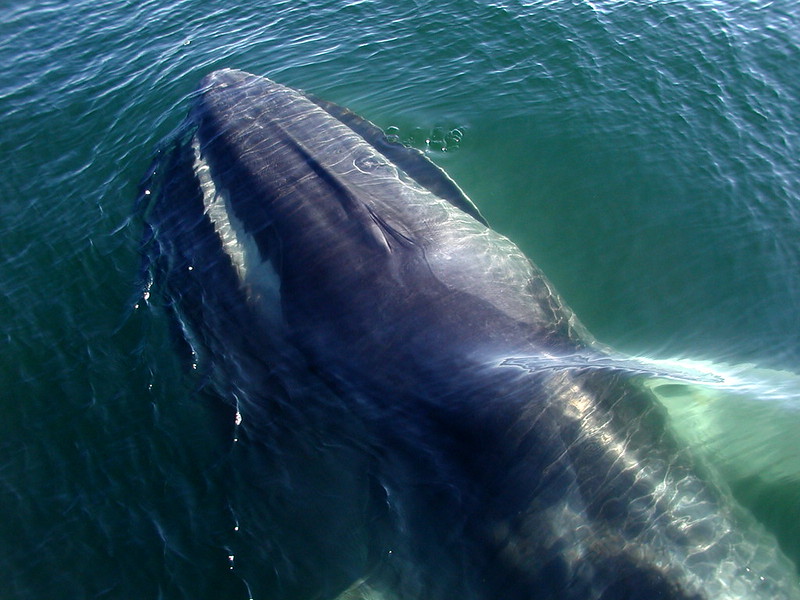
The lunge-feeding technique of whales requires engulfing a volume of prey-laden water as large as their own body, while swimming at high speeds, to allow for the capture of small fish and krill in their baleen. However, lunge-feeding baleen whales must also breath in the process – how do whales manage not to choke? A […]
Whales near cities consume microplastics daily

A new study by an international team of researchers led by the University of Auckland has found that whales in Auckland’s Hauraki Gulf consume around 3 million microplastics every day. The researchers estimated microplastic exposure from prey and scats of whales using a stochastic simulation model, which led to the estimated daily ingestion rate of microplastics. […]
Baleen Whales’ Immense Influence on Ocean Ecosystems

A group of researchers from Stanford University has published a new paper on prey consumption of baleen whales. Previous studies on prey consumption of large marine animals have used metabolic models. Here, the research group used tags deployed on seven baleen whale species in conjunction with acoustic measurements of prey density to calculate prey consumption at daily to annual […]


